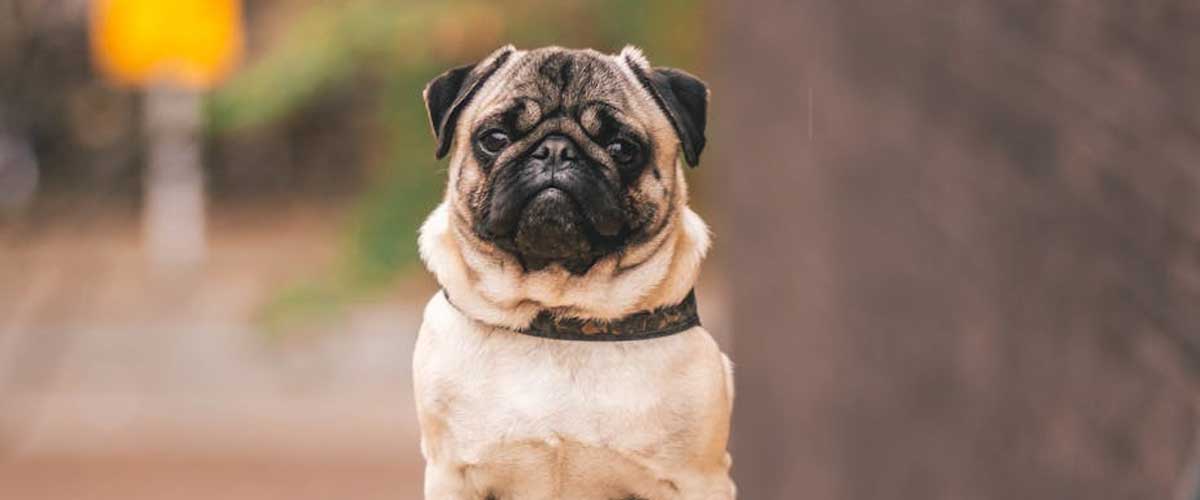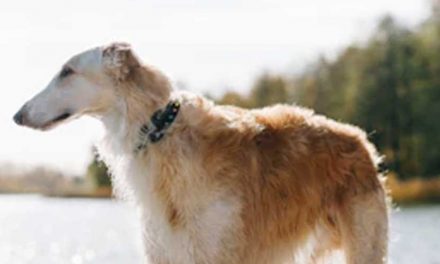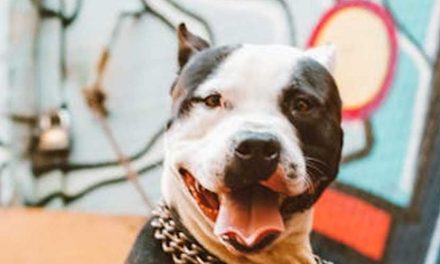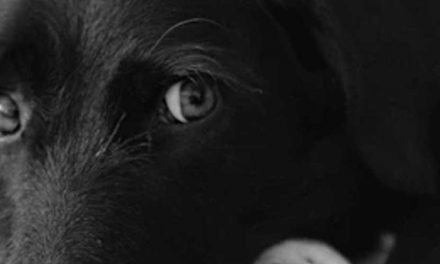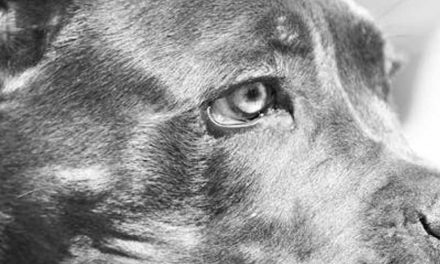The Pug is a small breed with an impressive personality that steals the hearts of dog lovers around the world.
Known for their wrinkled faces and curly tails, these dogs have a distinctive appearance that is both comical and endearing.
With a history that dates back thousands of years, Pugs have been adored by royalty and commoners alike, proving that great things come in small packages.
Origin and History
The Pug’s lineage can be traced back to ancient China, where they were cherished companions to emperors and nobility.
These dogs were often kept in lavish homes and were treated with the utmost care.
The breed eventually made its way to Europe in the 16th century, becoming popular in places like the Netherlands, France, and England.
Pugs quickly became favorites among the upper class and were even adopted as a symbol by the House of Orange in the Netherlands.
Distinctive Appearance
Pugs are small, sturdy dogs, weighing between 14 to 18 pounds and standing about 10 to 14 inches tall.
Their most identifiable features include a compact body, a short, wrinkled muzzle, and large, expressive eyes that radiate warmth and curiosity.
They come in various colors, including fawn, black, silver, and apricot.
Their unique appearance is complemented by a tightly curled tail that adds to their charm.
Temperament and Personality
One of the most appealing aspects of the Pug is their friendly and sociable nature.
They are known for their affectionate and playful disposition, making them excellent family pets.
Pugs tend to get along well with children, other dogs, and even cats, showcasing their adaptability in various social situations.
Despite their somewhat stubborn streak, they are eager to please and respond well to positive reinforcement training.
Pugs are often described as little clowns due to their playful antics and charming behavior.
They thrive on human interaction and enjoy being the center of attention.
Their powerful personalities make them lively companions who love to engage with their owners through playfulness and mischief.
Health Considerations
Like all breeds, Pugs are prone to certain health issues.
Due to their brachycephalic (flat-faced) structure, they can experience breathing difficulties, especially in hot or humid weather.
Other health concerns may include eye problems, skin issues, and obesity.
Regular veterinary check-ups, a balanced diet, and appropriate exercise are essential to maintaining a Pug’s health and well-being.
Living with a Pug
Pugs adapt well to various living situations, whether in a small apartment or a large house.
They are relatively low-energy dogs but still require daily walks and playtime to keep them healthy and stimulated.
Their affectionate nature means they prefer to be close to their owners, so they thrive in environments where they can spend time with the family.
Their short coat requires minimal grooming, though regular brushing can help reduce shedding.
Pugs also benefit from dental care and ear cleaning as part of their regular grooming routine.
Conclusion
The Pug is not just a pet; they are a beloved family member known for their affectionate nature and entertaining antics.
Their compatibility with various lifestyles and their charming personality makes them a great choice for many dog lovers.
If you’re looking for a loyal companion who brings joy and laughter into your life, a Pug may be the perfect addition to your home.
With their unique combination of love and humor, Pugs have a way of making every day brighter.

